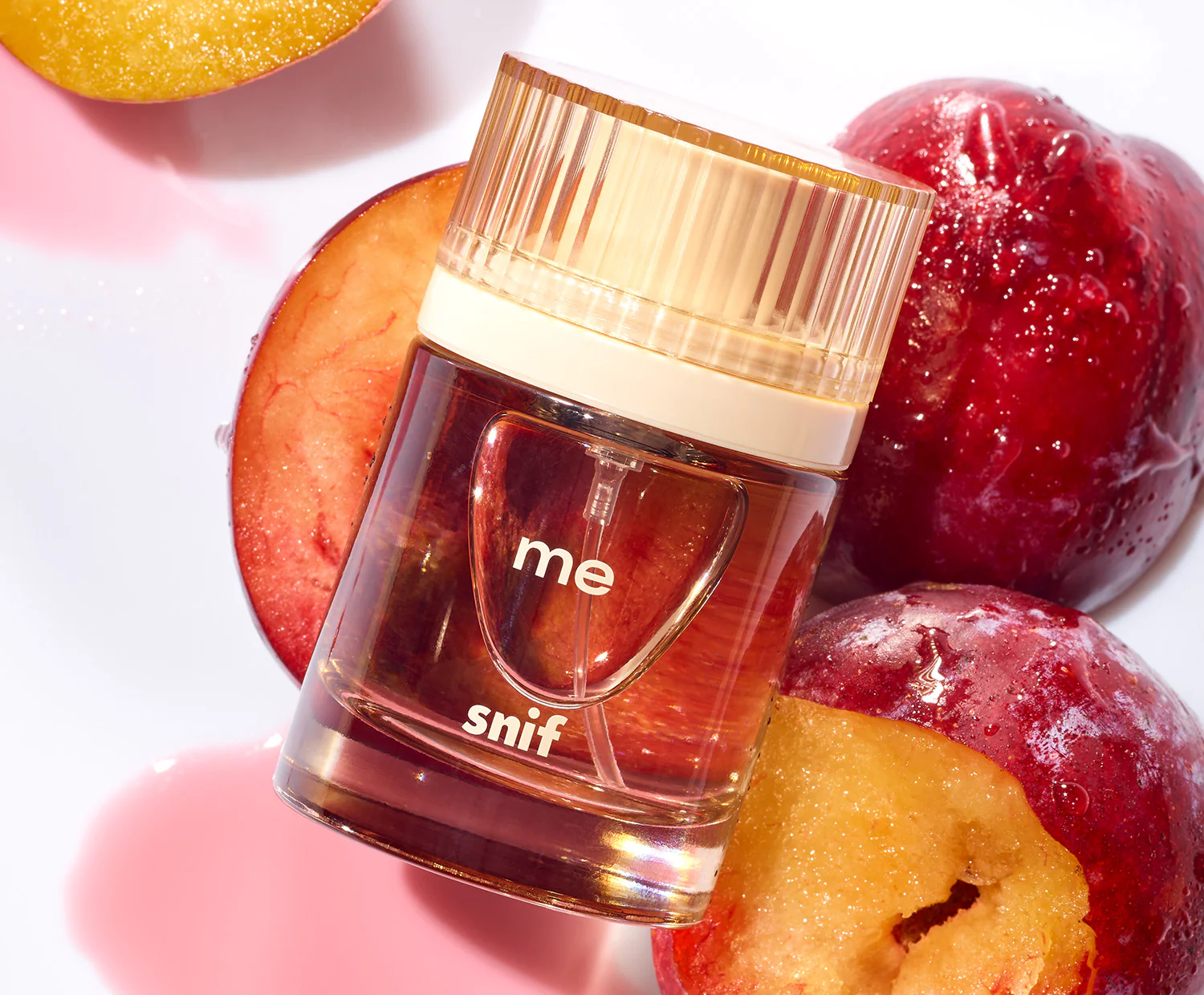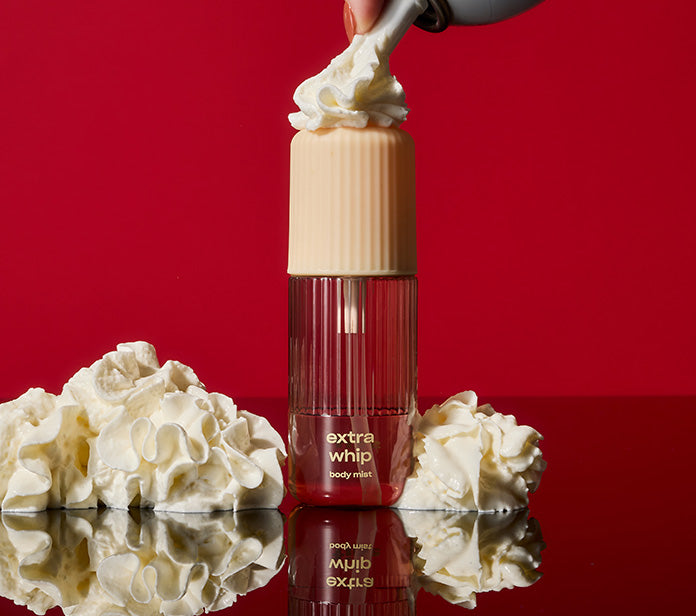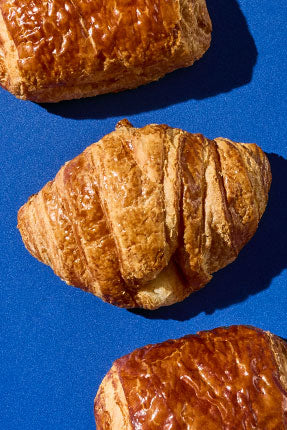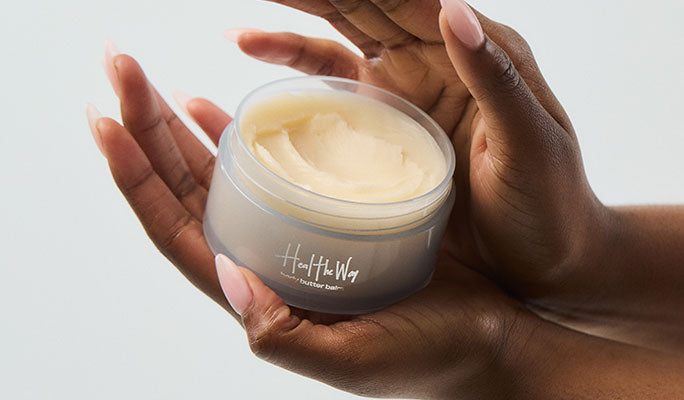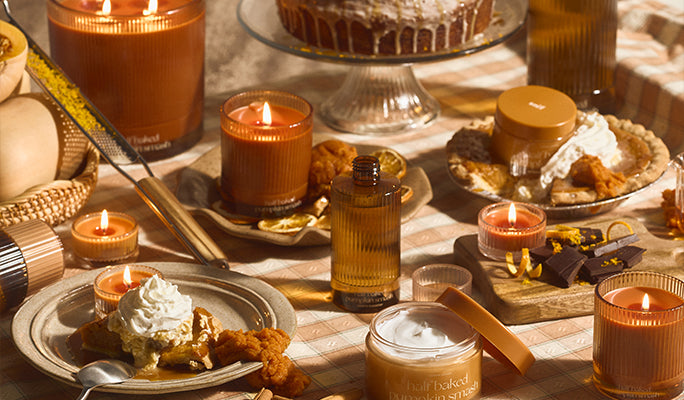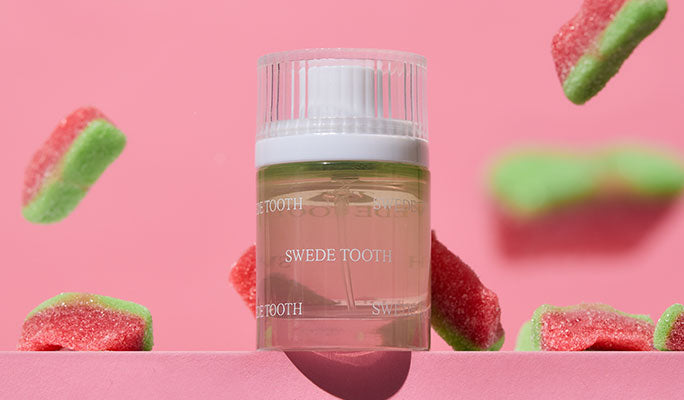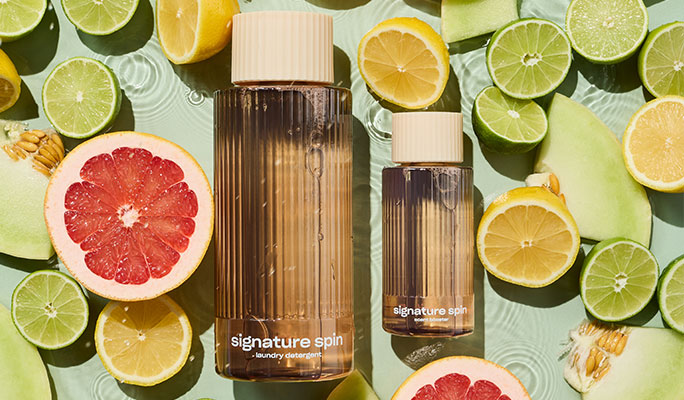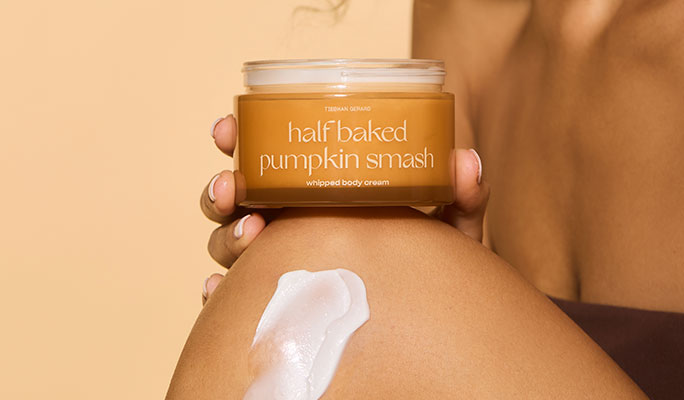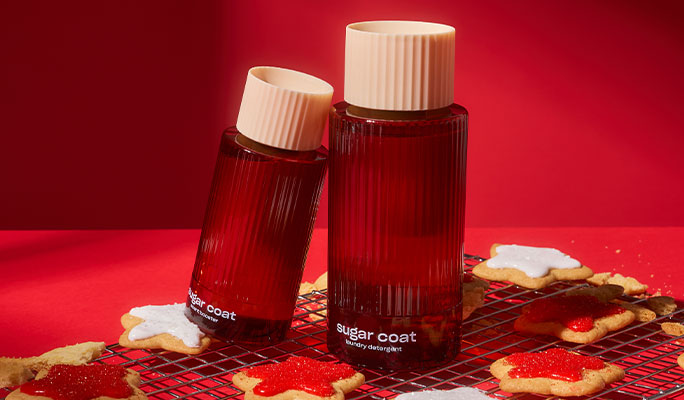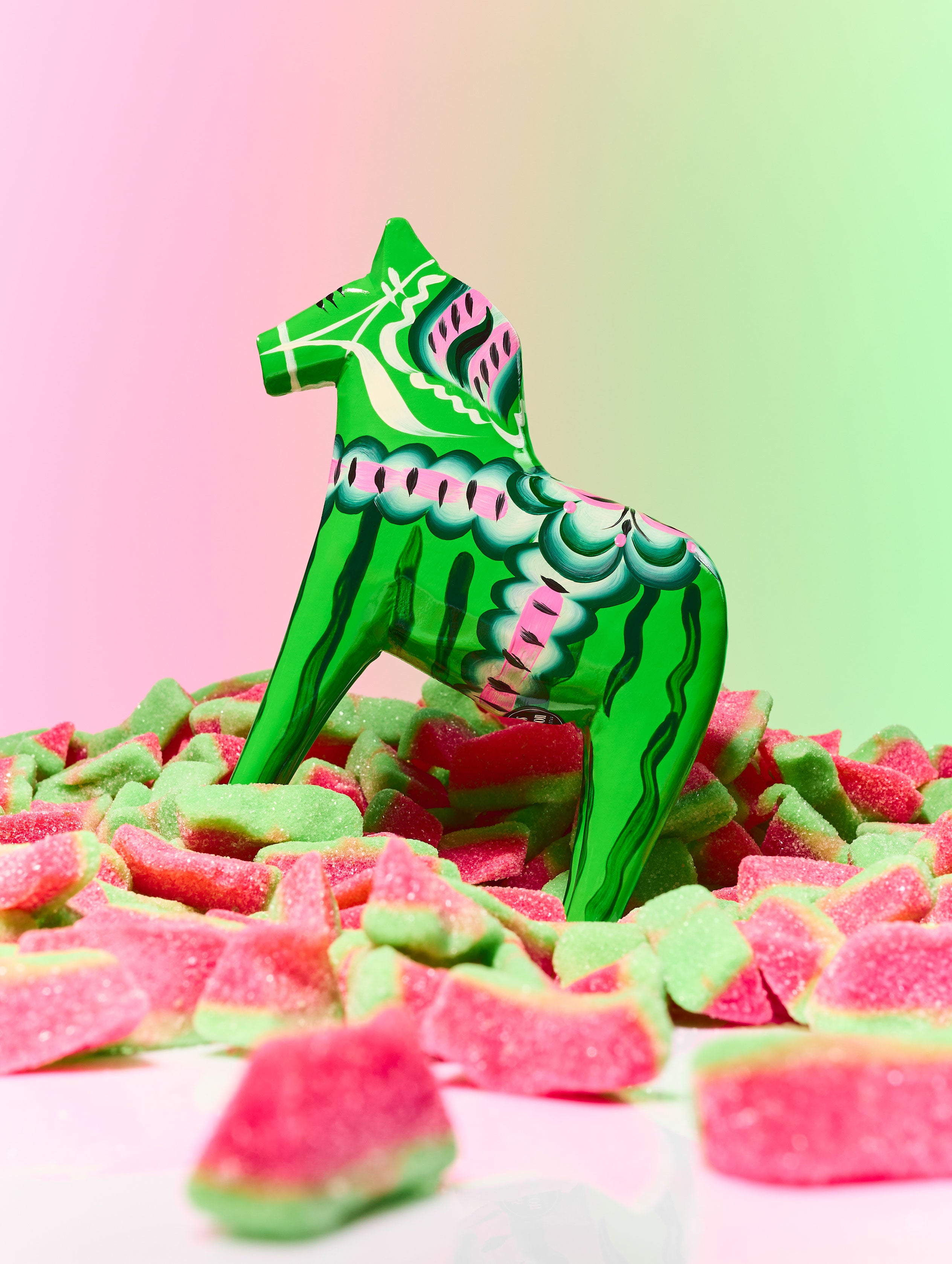When you start to look for your signature scent, it can be a little daunting. The wide variety of fragrances available (and the hundreds of ingredients used to make them) can sometimes make choice feel like a burden. Thankfully, that’s where fragrance families come in handy.
We break scents down into four fragrance families to better understand what they smell like and what pairs well together. In this article, we’ll take a close look at the main scent families and a Snif fragrance that falls into each, so you can get one step closer to finding the perfect fragrance for you.
What Are Fragrance Families?
Before we dive into the main scent families, it’s important to define what a fragrance family is in the first place. Simply put, fragrance families are olfactory groups, or groups based on smell, that a fragrance can be sorted into. The system of fragrance families and subfamilies makes it easier for shoppers and fragrance lovers to talk about and discover different scents.
Why Are There Different Fragrance Families?
There are different fragrance families to make it easier to organize fragrances. The whole system began when scent expert Michael Edwards invented the Fragrance Wheel. Although his system is helpful, there’s a wide range of variety and interpretations within it.
Several different variations of the four main scent families exist, and, to make matters even more complicated, some people claim there are six or even eight fragrance families. To keep things simple, we’ll give you an introduction to the four main scent families, according to our team at Snif, in the next section.
What Are the Main Scent Families?
We’re going to take a close look at four main scent families today. The four scent families are gourmand, floral, woody, and fresh fragrances. As you dive into the following section, consider the fragrances you’re drawn to and what family may be most appealing to you.
Although we won’t discuss fragrance notes (like top notes and base notes) in this article, it’s important to mention that the family a specific scent falls into may determine its type of fragrance note. That said, there are also fragrances that feature scents from several different fragrance families.
Gourmand
Gourmand fragrances are, in a word, indulgent.
These are the scents that are based on edible ingredients. Usually, they draw inspiration from sweet scents like chocolate, caramel, and vanilla. However, you can also find experimental gourmand fragrances that are more savory and spicy. Gourmand fragrances are ideal for the foodies among us who just can’t get enough of the smell of their favorite sweet or savory treats.
Floral
Arguably, the title of the most timeless fragrance family goes to the floral family. You’ll find some of the most classic fragrance ingredients in floral scents, like rose, jasmine, and orange blossom.
Within the floral family, there are three subfamilies: soft floral, floral, and fruity.
Soft florals usually smell more powdery and light. On the other end of the floral family spectrum, you have fruity florals. These scents tend to feel youthful and playful — some of the most popular fruity floral fragrances nowadays are peach, raspberry, apple, pear, and mango mixed with scents like rose or geranium.
Woody
The next fragrance family on our list is home to all of the woody fragrances. Much like the floral family, the woody family is further broken down into three subfamilies: dry woods, woods, and mossy woods. In general, these scents are warm, earthy, and rich. Some woody scents you’ll often see used in fragrances include patchouli, vetiver, pine, cedarwood, and sandalwood.
Another common woody scent that’s beloved by fragrance-makers is oakmoss. Oakmoss is a key ingredient in chypre fragrances which fall into the mossy woods subfamily. This subfamily may be more difficult to imagine which is why it can be helpful to think of these scents as trying to evoke the smell of a damp forest.
Fresh
Fresh scents tend to be the hardest to identify because this fragrance family is home to a wide variety of subfamilies, such as water, aromatic, green, and citrus fragrances. A fragrance is considered fresh if it’s the kind of smell that could wake you up in the morning. The members of this family are usually bright, herby, oceanic, and clean.
Zesty citrus scents like bergamot and grapefruit are considered fresh fragrances and offer an energizing twist to any fragrance. They’re often used in perfumery to give a scent an invigorating edge.
What Are Some Scents To Try in Each Fragrance Family?
Now that you know all about the four fragrance families, it’s time to take a look at some of the fragrances that fall into each group. In a way, fragrances are just like clothes and accessories — you need to try a few to know what you like.
With Snif, you can try certain fragrances at home before committing. With our try before you buy option, we’ll send you both a full-sized scent and a mini scent. Test out the mini scent for a week — if you love it, keep the full-sized one. If it’s not your favorite, you can return your fragrance free of charge. We’ll only charge you for what you keep.
Once you get a feel for the fragrances that resonate with you, you may notice that you tend to gravitate more toward one fragrance family. It can be helpful to know your particular family of choice so that when the time comes to find a new signature scent, you know exactly where to start.
Crumb Couture
The first fragrance on our list is Crumb Couture, one of our most iconic gourmand scents. If you’re a lover of all things baked and buttery, then this one's for you.
Featuring a combination of croissant accord, wild berry jam, blackcurrant, toasted vanilla, tonka bean, and sandalwood, this croissant fragrance will transport you to your favorite bakery or your childhood kitchen.
Although it is representative of that just-out-of-the-oven baked good smell, Crumb Couture isn’t too sweet. The sandalwood adds depth to this fragrance, making it as sophisticated as it is delicious. One spritz of this, and you’ll carry the smell of a flaky, fresh croissant with you all day long.
Rose Era
Sometimes, classics are classic for a reason… and that’s definitely the case with floral fragrances.
Rose Era is a rose fragrance that features rose, strawberry, clean laundry accord, ambrette seeds, white moss, and saffron for a modern, fruity and floral scent. Go from rose-colored glasses to pure petal vision with this silky blend.
Way With Woods
Way With Woods has a subtle, addictive quality that quickly made it one of our fan-favorite fragrances. As the name might suggest, this is a woody fragrance, which makes it feel particularly grounded and cozy.
White tea, mandarin, sandalwood, amber woods, vetiver, and musk come together in this scent to make it musky and floral. Although never at risk of being overwhelming, the scents in Way With Woods are earthy and inviting, and go well with every outfit.
Suganami
The fresh fragrance family might be the most elusive. That being said, if you’re looking for a scent that falls into this family, look no further than Suganami. Made in collaboration with Stephanie Suganami Shepard, this soft scent captures the essence of luxury.
In Suganami, you’ll find a combination of angelica seeds, coriander, iris, rose, cypress, myrrh, amber, cedarwood, and creamy musks. The result is a fragrance that is equal parts bright, smooth, woody, and, of course, fresh.
With a subtle powdery after-effect, this scent knows that sometimes subtlety is a superpower. As if it couldn’t get any better, Suganami is also made from 100% recyclable and 100% compostable packaging.
Finding Your Faves
As you set out to find your faves in the fragrance world, thinking of the different fragrance families can be useful. Decide which you’re most drawn to, and try to hone your preferences from there — with Snif, there’s something for everyone.
Sources:
Floral Scents and Fruit Aromas: Functions, Compositions, Biosynthesis, and Regulation | NIH
The Smelling Principle of Vetiver Oil, Unveiled by Chemical Synthesis | NIH
The Connections Between Smell, Memory, and Health | Harvard Medicine Magazine

